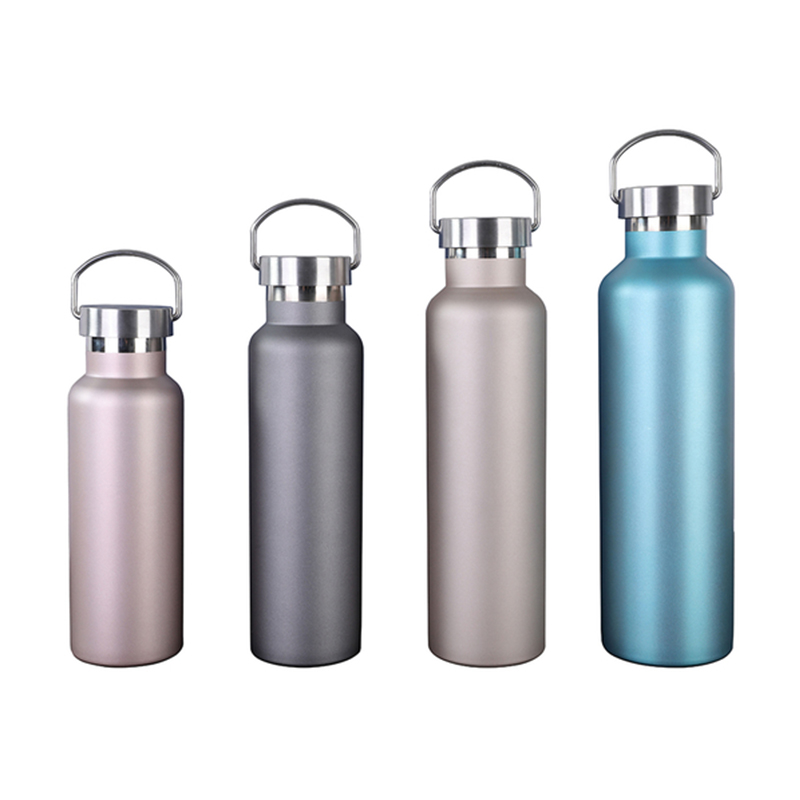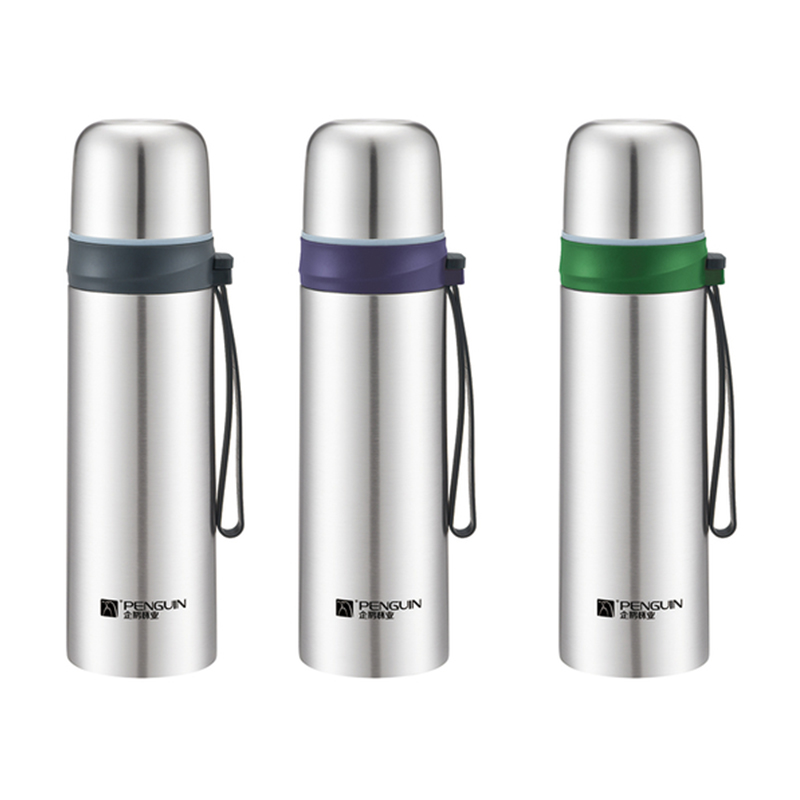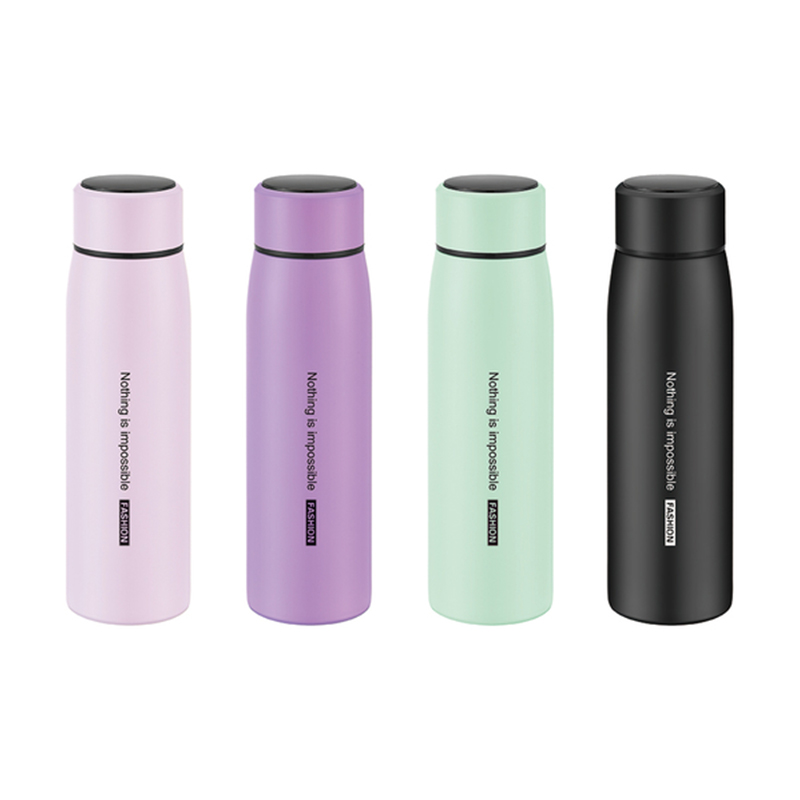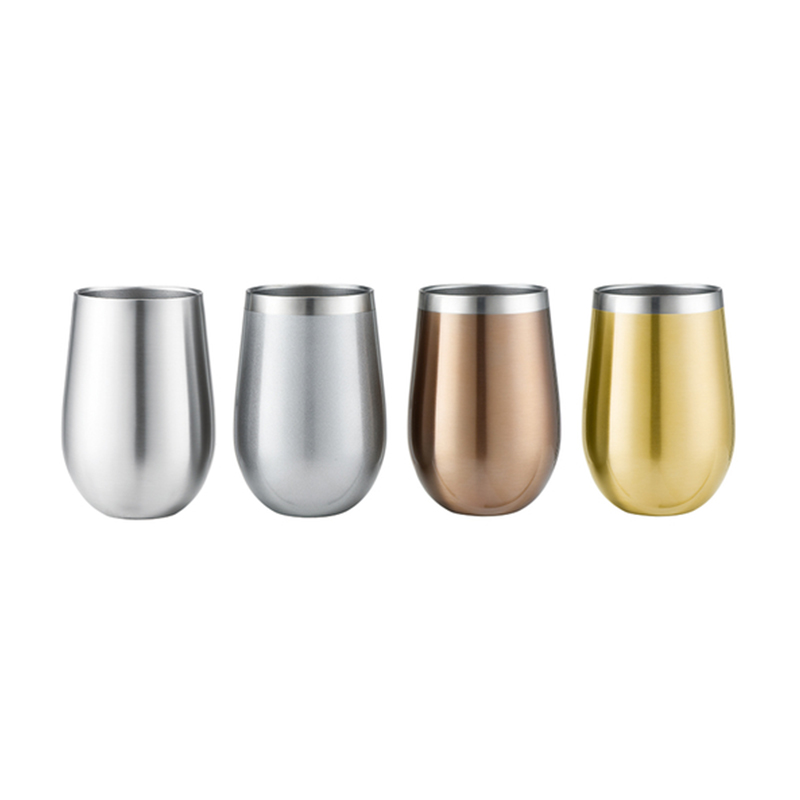What Types of Plastic Water Bottles Are There?
2025-11-14
Types of Plastic Used in Water Bottles
Plastic water bottles manufacturer are typically made from different kinds of plastic, each with distinct characteristics that make them suitable for specific purposes. Here are some of the common plastic types used for water bottles:

PET (Polyethylene Terephthalate) Bottles
PET is one of the widely used plastics for single-use water bottles. This plastic is lightweight, clear, and offers a good barrier to moisture and gases. PET bottles are commonly used for bottled water, sports drinks, and sodas. One of the advantages of PET is its ability to be recycled multiple times, although it is typically intended for single-use.
HDPE (High-Density Polyethylene) Bottles
HDPE is often used for reusable plastic water bottles, especially in larger sizes. It is more rigid than PET and offers a higher level of durability and impact resistance. HDPE is also relatively resistant to chemical leaching, making it safe for repeated use. It is often used in thicker plastic bottles designed for long-term use, such as those used in gym or outdoor activities.
LDPE (Low-Density Polyethylene) Bottles
LDPE is flexible and more resistant to cracking, but it is less commonly used for water bottles compared to PET and HDPE. LDPE bottles are typically found in smaller, flexible containers like squeezy bottles used for sauces or condiments, though there are some water bottles made from this material, particularly in environmentally conscious designs.
Polycarbonate (PC) Bottles
Polycarbonate is a strong and transparent plastic, often used in high-end reusable bottles. However, it has been under scrutiny due to the potential leaching of Bisphenol A (BPA), a compound that has been linked to health concerns. Many modern polycarbonate bottles are now BPA-free, but users should always check labels for reassurance.
Tritan Bottles
Tritan is a BPA-free plastic that combines the strength and clarity of polycarbonate but without the associated health risks. Tritan bottles are durable, impact-resistant, and dishwasher safe. They are commonly found in high-quality reusable bottles and are often marketed as a safer alternative to polycarbonate.
Advantages and Disadvantages of Different Plastics
Each type of plastic has its own set of benefits and drawbacks that influence its use in water bottles.
PET Bottles
Advantages: PET bottles are lightweight, clear, and inexpensive to manufacture. They offer protection against moisture and gases, making them ideal for single-use water packaging.
Disadvantages: PET bottles are generally intended for single-use and are not designed for long-term durability. They can degrade over time, especially if reused, and the material may leach chemicals when exposed to heat or UV light.
HDPE Bottles
Advantages: HDPE is robust, resistant to impact, and is relatively safe for reuse. It’s one of the common materials used for long-term plastic water bottles.
Disadvantages: While HDPE is durable, it is opaque, which can make it difficult to monitor the remaining water level. It is also heavier than PET, which may not be ideal for portable water bottles.
Polycarbonate (PC) Bottles
Advantages: Polycarbonate is a very durable plastic with high strength and clarity. PC bottles can withstand higher temperatures and are often used for bottles that need to endure more rigorous conditions.
Disadvantages: The major downside to polycarbonate is the potential for BPA leaching, which raises health concerns. Although BPA-free versions are available, the safety of alternative chemicals used in production is still a matter of consideration for some consumers.
Tritan Bottles
Advantages: Tritan is BPA-free and offers good impact resistance. It is clear, lightweight, and dishwasher-safe, making it a popular choice for long-term use in active lifestyles.
Disadvantages: Tritan is more expensive than some of the other plastics, which may not make it the good option for those on a budget. It is also not as widely recycled as PET.
Environmental Impact of Plastic Water Bottles
Plastic water bottles have a significant environmental footprint, particularly when they are designed for single-use.
Single-use Plastic Bottles (PET)
PET bottles are widely used for bottled water, but their environmental impact is considerable. While PET can be recycled, a large percentage of plastic bottles end up in landfills or as litter, contributing to pollution. Recycling rates for PET are not as high as they should be, and the energy used in manufacturing, transportation, and disposal of single-use plastic bottles adds to its environmental burden.
Reusable Plastic Bottles
Reusable bottles made from HDPE, Tritan, or polycarbonate are more environmentally friendly in the long run. These bottles are designed for repeated use, reducing the need for single-use bottles and helping to cut down on waste. However, they still rely on plastic production, which involves resource extraction and energy consumption. Proper disposal and recycling of these bottles at the end of their lifespan are important for their environmental impact.
Recycling and Alternatives
In recent years, some manufacturers have shifted toward using recycled plastics in the production of water bottles. Additionally, there has been a rise in the use of biodegradable or compostable materials for water bottles, though these alternatives are still in the early stages of development.



 English
English  日本語
日本語  Deutsch
Deutsch 


































